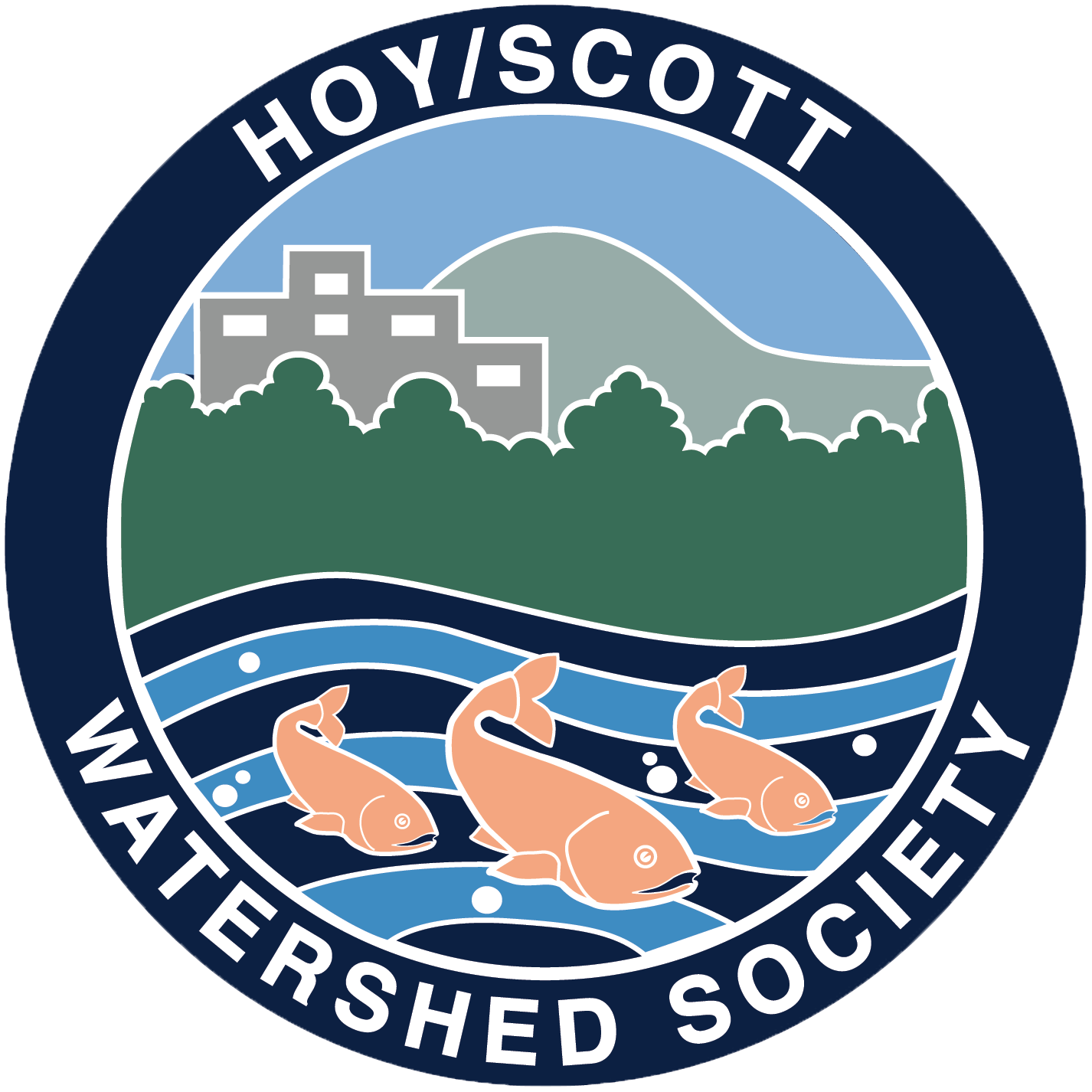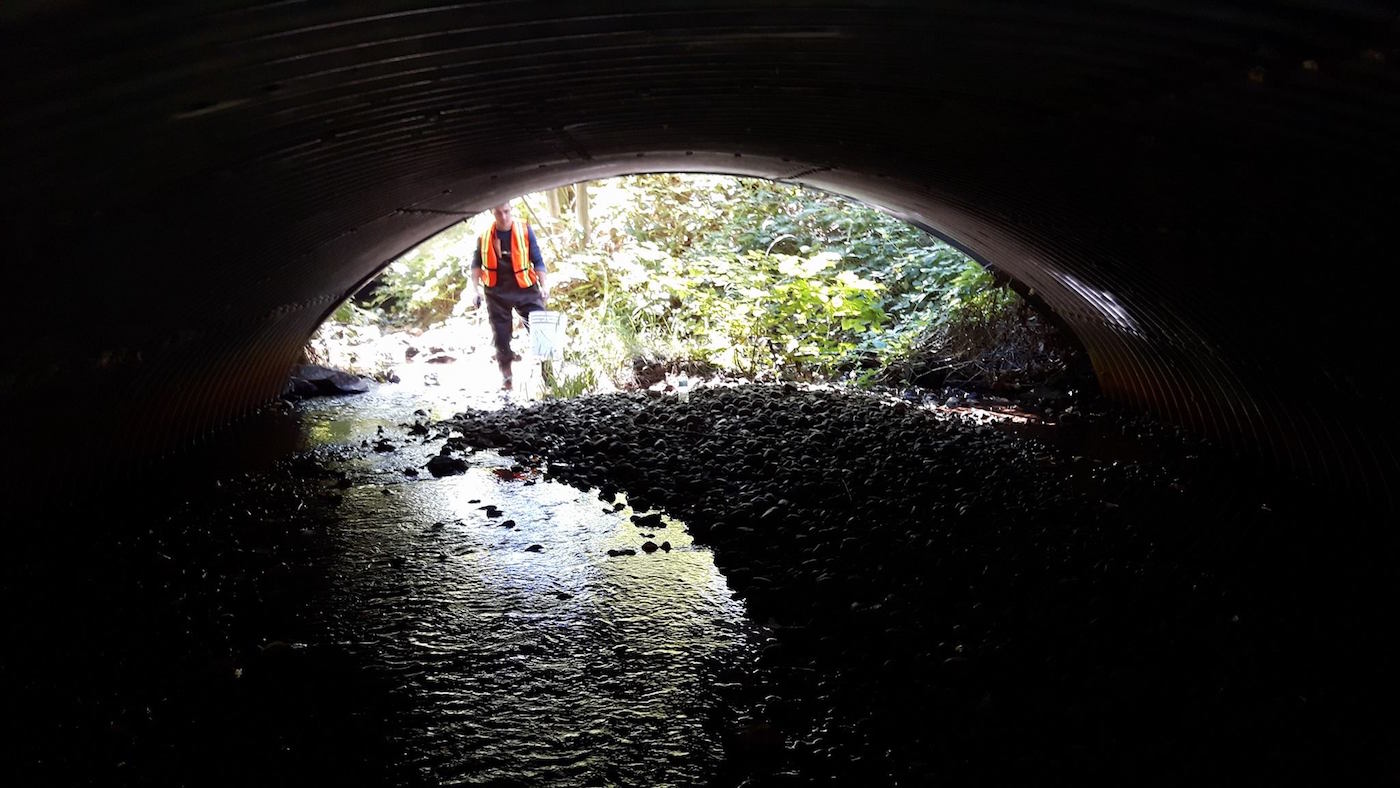Signs mounted by the City of Coquitlam in the effected area along Hoy Trail
We'd like to thank the unknown citizen/s who took time to work on hacking down, cutting and uprooting the invasive Knotweed along Hoy Trail north of the hatchery and adjacent to Walton Elementary. Unfortunately, what this person/s did not realize is that they were actually making the matter worse, as the plant spreads through root and stem fragments.
We appreciate concerns because Knotweed is one tough invasive!
“Knotweeds’ vigorous rhizome growth can damage concrete walls, pavement, bridge and building foundations, drainage works and flood prevention structures (Global Invasive Species Database 2017), and cause erosion of shorelines. Knotweeds can also affect motorist, cyclist, and pedestrian safety by blocking sightlines and signs along roads, highways, trails, and other transportation routes. Dense thickets can increase concerns about personal security in parks (Yong 2017). They can also be a nuisance for aquatic recreationalists frequenting lakes, streams, or rivers as uncontrolled infestations can impede access.”
The work of uprooting and cutting this plant into pieces was only giving it more opportunity to spread. The city’s parks department was called in to remove the cuttings and roots left in piles along the trail. Knotweed has to be disposed of properly to thwart its growth at the site and potentially elsewhere where it is being disposed to.
“Knotweeds spread by rhizomes, which can extend up to 3 metres deep and 20 metres wide. These expansive rhizomes are much larger than expected for a plant of its size, making knotweeds even more challenging to manage. New plants sprout from fragments of root and stem material. Even very small fragments (0.7 grams or more) of the rhizomes or stems can regenerate, which enables knotweeds to spread very easily and effectively. Buried rhizomes can regenerate from depths of 1 metre or more. One common cause of spread is Best Management Practices for Knotweed Species in the Metro Vancouver Region 5 from unauthorized dumping of cut or dug knotweed in green spaces or natural areas.”
Uprooted and cut knotweed along Hoy Trail.
The Society would like to thank the City of Coquitlam for cleaning up the site and properly disposing of the remains, as well as erecting signs in the area to help educate the public.
Should you have a concern about an invasive within our parks you should contact the City of Coquitlam.
Learn more about the invasive species, Knotweed HERE from the City of Coquitlam. More information at BC Invasives HERE.





